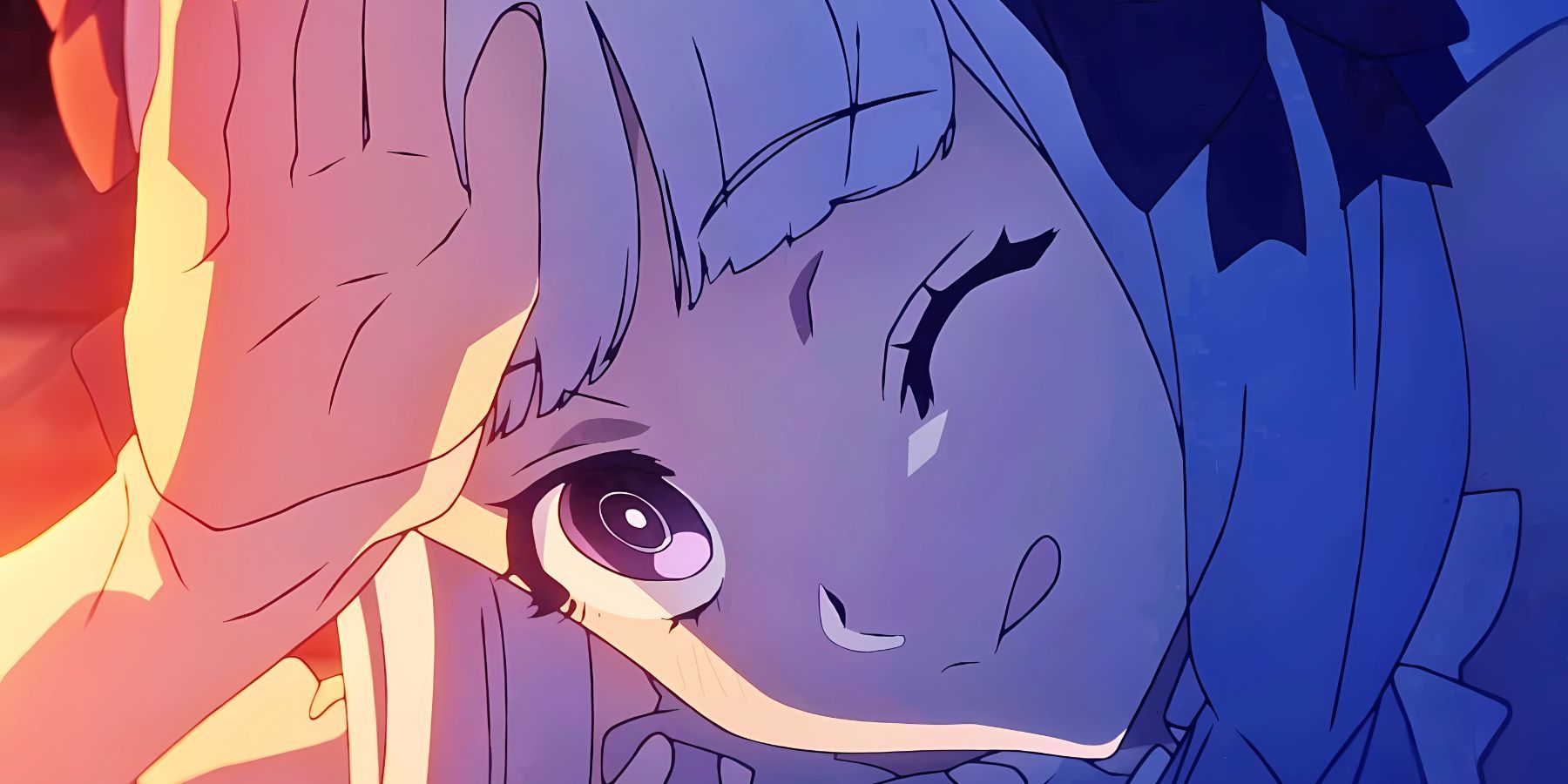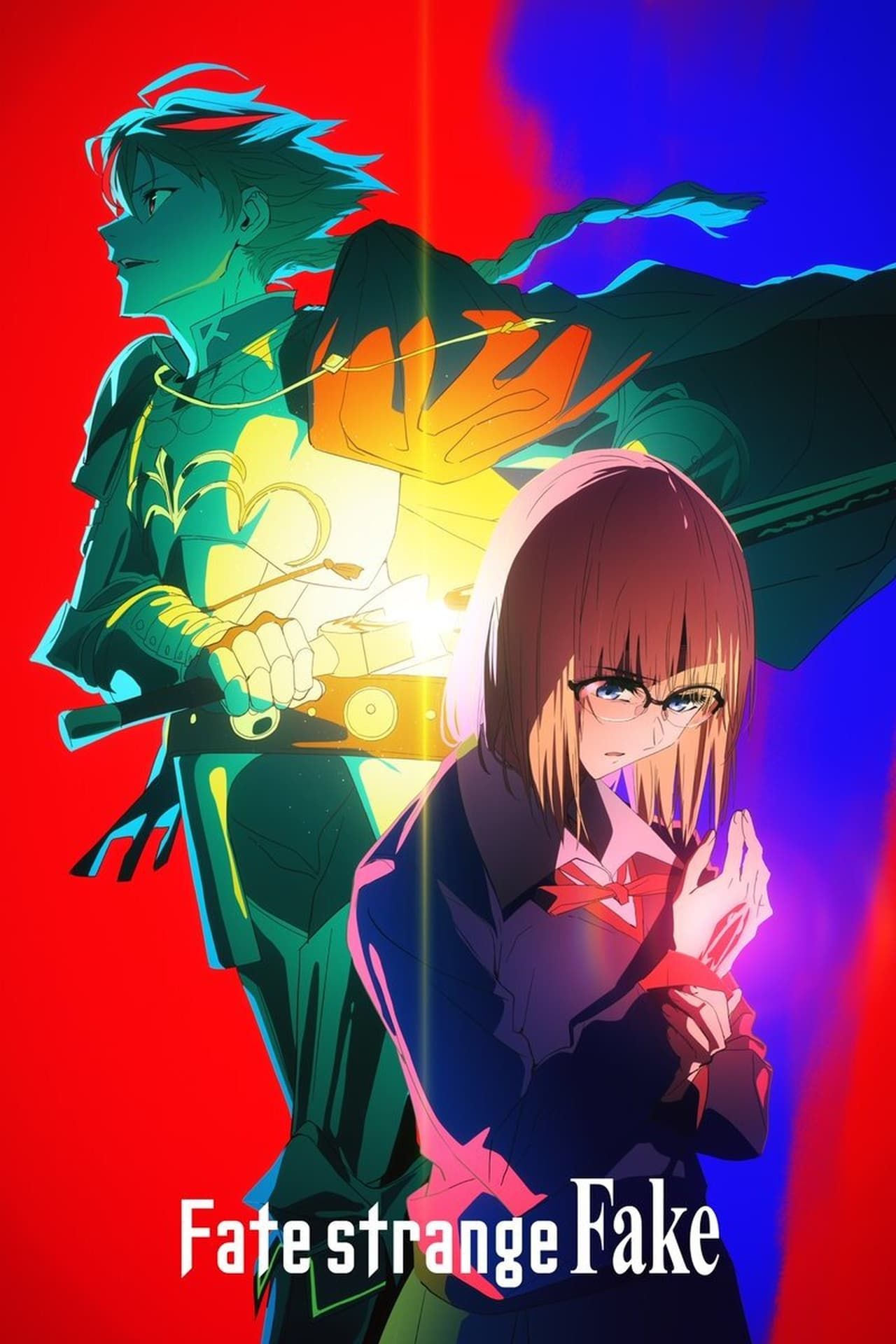Summary
- The Snowfield Grail War is a flawed replica designed by American magi, resulting in chaos and a divided system.
- Masters and Servants in Strange Fake wield unprecedented power levels, deviating from the established norms of previous Grail Wars.
- Snowfield Grail War mocks the original concept, featuring eccentric characters and astonishing betrayals, making it unpredictable and fresh.
The Fate/Strange Fake Holy Grail War is a spectacle of chaos that redefines the concept of a Grail War entirely. Unlike the structured and tradition-bound wars of Fuyuki City, this American iteration, set in the city of Snowfield, is a chaotic mess caused by a faulty attempt to replicate the original ritual.
What results is a parody of the Holy Grail War—a conflict filled with bizarre Servants, overpowered Masters, and a system that seems to defy logic. This can only be seen as bizarre, even when coming from a franchise (think Fate/Grand Order) that is well-known for its unique storylines and unexpectedly twisted holy grail war endings.

Related
Fate/strange Fake Has the Potential to Be the Best Fate Yet
With the first episode set to release officially at the end of the year, we look ahead at the next major story from the Fate Series.
A Flawed Ritual From the Start
It Was Never Meant to Be
The Snowfield Grail War was never destined to function as intended. Designed by a rogue faction of American magi, it attempted to copy the Fuyuki Holy Grail War’s structure but failed to understand the nuances of the original system, where masters are supposed to “win” the Holy Grail War. This lack of precision led to the ritual losing key elements—most notably the Saber class—and warping the concept of “heroic spirit.”
The result is a war where the very definition of a Servant is stretched to its limits, allowing the summoning of bizarre entities like Pale Rider, a conceptual embodiment of pestilence, and even Alexandre Dumas as a Caster. Instead of creating a single Grail War, the flawed system divided it into two parallel conflicts: the False Holy Grail War and the True Holy Grail War. The False War exists merely to fuel the True War, turning its participants into expendable pawns. This structural failure ensured that the Snowfield Grail War would descend into chaos before it even began.
Unrestrained Power and OP Participants
The Balance is Way Off
One of the defining features of Fate/Strange Fake is the sheer power level of its Masters and Servants. As seen in previous “Fates”, the participants and their summons have always followed a ruleset, ensuring that while every side leverages their unique advantages, it isn’t really blown out of proportion. However, the participants in Snowfield are on a completely different scale compared to their Fuyuki counterparts.
Until an enemy worthy of my full attention takes the stage, I shall spend my time under a different guise.
For example, Tiné Chelc, the Master of Gilgamesh (False Archer), has a direct connection to mana-rich leylines, allowing her to supply her Servant with an unlimited flow of energy. This contrasts sharply with previous wars, where limited mana often served as a balancing factor.
The Servants themselves are equally overpowered. Gilgamesh, already a powerhouse with his Gate of Babylon in previous wars, operates at full capacity in Strange Fake due to his powerful Master. Enkidu, his eternal rival, is also summoned without restrictions, ensuring that their confrontations escalate to levels rarely seen in other Fate stories. The inclusion of unconventional entities like Watcher, Pale Rider, and the manifestation of Ishtar further destabilizes the balance, pushing the war into uncharted territory.
A Mockery of the Holy Grail War
No Rules in Place
If the Fuyuki Grail Wars were flawed but functional, the Snowfield Grail War is a deliberate mockery. The American magi designed it not as a genuine competition for the Grail but as a display of power and an experiment in ritualistic summoning. This intent is evident in the chaotic and unregulated nature of the war, where Masters exploit loopholes, summon Servants using unconventional catalysts, and disregard the traditional rules.
|
Aspect |
Snowfield (Strange Fake) |
Fuyuki Holy Grail War |
|---|---|---|
|
Origin |
Faulty replication by American magi |
Rooted in traditional Japanese rituals by the Einzbern, Tohsaka, and Matou families |
|
Structure |
Divided into True War and False War; chaotic and unregulated |
Single structured war with defined rules |
|
Servant Class System |
Warped; bizarre summoning of entities like Pale Rider and Watcher |
Standard Heroic Spirits limited to Saber, Archer, Lancer, etc. |
|
Mana Supply |
Unlimited for certain Masters (e.g., Tiné Chelc and Gilgamesh) |
Restricted; mana supply serves as a balancing factor |
|
Servant Power Level |
Overpowered; Gilgamesh and Enkidu fight without limits |
Balanced by mana restrictions and tactical constraints |
|
Catalysts for Summoning |
Unconventional; Flat Escardos uses a toy to summon Jack the Ripper |
Traditional relics tied to historical figures |
|
Masters |
Highly skilled and resource-rich; exploit loopholes |
Often inexperienced or morally conflicted |
|
Role of the Holy Church |
Rogue oversight via Hansa Cervantes adds to chaos |
Acts as a stabilizing force, maintaining rules |
|
Intent |
Display of power and experimentation rather than genuine competition |
Competition to win the Grail and fulfill wishes |
|
Tone and Narrative |
Chaotic, unpredictable, and absurd; pushes the concept to its limits |
Structured, with heavy focus on strategy and tradition |

Related
Fate: Which Servants Can Beat Gilgamesh?
Gilgamesh is one of the strongest characters in the Fate series. But that doesn’t make him invincible.
Flat Escardos, for example, summons Jack the Ripper (False Berserker) using a toy as a catalyst, while the Kuruoka family’s actions summon Pale Rider, a being more conceptual than heroic. These absurdities highlight the war’s deviation from its roots, turning it into a spectacle rather than a structured competition. The very title, Strange Fake, encapsulates the war’s nature: a strange, imperfect copy that spirals out of control.
Masters That Wield Way Too Much Power
Fewer Brains and More Muscle
Another factor that destabilizes the Snowfield Grail War is the caliber of its Masters. Unlike previous wars, which often featured inexperienced or morally conflicted Masters, the participants in Strange Fake are highly skilled and unrestrained. Many of them, such as Bazdilot Cordelion (True Archer’s Master) and Flat Escardos, wield power and resources far beyond what was seen in earlier conflicts amongst what were previously deemed to be the strongest characters in Fate.
Even the Holy Church, typically a stabilizing force, sends a rogue element in Hansa Cervantes, whose unofficial oversight only adds to the chaos. Meanwhile, participants like the Sigma, who is destined to become True Lancer, further complicate the war’s dynamics. These Masters bring unpredictability to the battlefield, ensuring that no alliance or conflict unfolds as expected.
Why It Works Despite Going Wrong
The Fundamentals are There
Despite—or perhaps because of—its chaotic nature, the Snowfield Grail War is an exploration of what happens when the Holy Grail War concept is pushed to its limits. The lack of rules, the eccentric characters, and the overwhelming power levels create a narrative that feels fresh and unpredictable. Where other Grail Wars are defined by their strategy and tradition, Strange Fake thrives on sheer absurdity.
This chaos allows for moments of brilliance, such as the rivalry between Gilgamesh and Enkidu, which takes center stage in a way rarely seen in the franchise. The unpredictable nature of the war ensures that even seasoned Fate fans are kept guessing, as the story constantly challenges their understandings.
















Leave a Reply